In this article, you will learn exactly what is gluten-free wheat starch, what it's used for, and if it is actually gluten-free and safe for those with Celiac Disease.
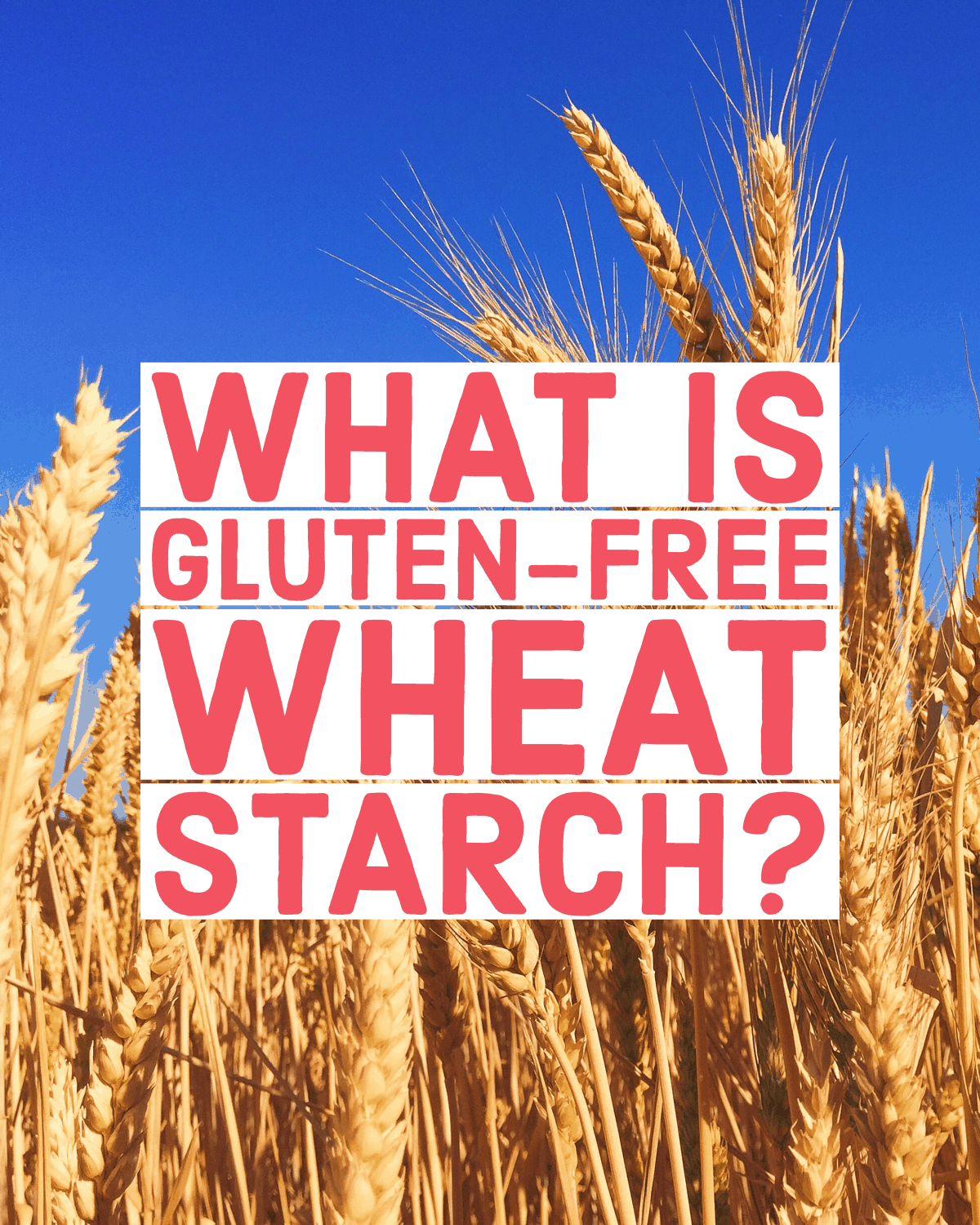
The first time I ever came across a gluten-free item at the grocery store flipped it over and saw the words, "gluten-free wheat starch" along with "contains wheat," I was shocked!
How can this be? How can an item claim to be gluten-free and still contain wheat?
Even more surprisingly, I saw this on a package from a well-known and trusted brand! That product was Schar gluten-free croissants.
Even though I was admittedly a bit confused standing there in the aisle of my local Hy-Vee, I knew Schar was a brand I could trust, so I decided to dig a little deeper to learn what gluten-free wheat starch is and how it can actually be in a gluten-free product.
Jump to:
What is it?
Gluten-free wheat starch, also known as codex wheat starch, is just what it says it is! It is the starch of the wheat plant. The wheat goes through a special process to remove the starch from the plant.
The process of extracting wheat starch from the plant is fundamentally simple. A dough is made with water and flour, which activates the gluten. The dough is then 'washed' to remove the starch. The starch dissolves in the water and washes out of the dough, leaving the remaining parts of the dough, including the gluten, behind. The starchy water is then further processed and the water is evaporated to leave only the white powdery wheat starch behind.
When it comes to gluten-free wheat starch, extra care is taken to ensure it is gluten-free and the final product is tested to verify this.
Uses
Gluten-free wheat starch is an ingredient more commonly used in other countries. It has yet to gain much trust in the U.S. This is evident in the fact that the most well-known products currently using it in the U.S. actually come from companies based outside of the country.
Gluten-free wheat starch is mostly used in gluten-free baked goods to improve their texture. Most notably it provides a certain durability and elasticity, even though the gluten has been removed. This allows you to recreate the more difficult to replicate foods such as croissants.
I personally found this to be true when I started using Caputo Fioreglut, a special gluten-free flour blend that comes from Italy. It contains gluten-free wheat starch and has created the best gluten-free pizza and gluten-free Hawaiian rolls I've had since becoming gluten-free. They are much closer in texture to their regular versions with that blend than any other gluten-free flour I've tried.
Gluten-free vs. Wheat-free
It's important to make the distinction that gluten-free does not necessarily mean wheat-free and vice versa.
- Gluten is a protein found in wheat and other grains like barley and rye.
- Wheat is the cereal plant from which the grain is ground into flour.
This means an item can actually be gluten-free but not wheat-free, as is the case when gluten-free wheat starch is used.
An item can also be wheat-free but not gluten-free, such as if the product was made with barley.
This distinction is important for two reasons.
First, a person who has Celiac Disease is not reactive to the entire wheat plant, but rather just the gluten found in it. So theoretically, if the gluten is removed, you should be able to tolerate a product that was derived from wheat. This, on the other hand, does not apply to someone who may be allergic to wheat. In the case of a wheat allergy, any wheat-based product should be avoided!
Second, that is precisely why you will see what may seem to be conflicting information on a food label.
💌 Want to Save This?
Unsubsribe at any time.
Wheat Starch and Food Labels
There are two separate laws in the U.S. that pertain to gluten-free wheat starch in food labeling. One is Food Allergen Labeling and Consumer Protection Act (FALCPA) and the other is the FDA's Gluten-free Labeling Law.
FALCPA
When you see the statement "contains wheat" on a label, that is actually an allergen warning that falls under FALCPA. Under this law, if a product contains an ingredient or protein from a major food allergen, it must be declared on the label.
Gluten-Free Labeling Laws
When you see the term gluten-free on a food label, that is a voluntary label that must adhere to the following rules:
- The packaged food item must be inherently gluten-free or contain less than 20ppm of gluten.
- An item made from a gluten-containing grain (like wheat) can be labeled gluten-free so long as the grain has been processed to remove gluten (i.e. gluten-free wheat starch) and the use of that ingredient still results in a gluten content of 20ppm or less in the food.
So what this all means is that a packaged food containing gluten-free wheat starch can be labeled gluten-free, so long as the item contains less than 20ppm of gluten, but the manufacturer would still need to declare the presence of wheat on the label due to FALCPA.
Wheat Starch vs. Gluten-free Wheat Starch
It should be noted that not all wheat starch is gluten-free! You must be careful when purchasing items with wheat starch in it.
The only items safe for Celiacs to consume are items labeled gluten-free and certified gluten-free.
If the food is not labeled and certified gluten-free, it is NOT gluten-free. A prime example of this is Pringles. Pringles contain wheat starch and are not considered to be gluten-free.
Whereas Schar gluten-free croissants are safe to consume because they use gluten-free wheat starch and the final product is certified gluten-free.
Is Gluten-free Wheat Starch Safe for Celiac?
Now to the burning question, is gluten-free wheat starch safe for those with Celiac Disease?
It depends.
While there has been research to show that people on a gluten-free diet that included gluten-free wheat starch had no negative effects, there is also evidence that current testing methods for gluten in wheat starch may underestimate gluten content.
For that reason consuming gluten-free wheat starch based products should be avoided unless certain precautions are in place; the item should be labeled gluten-free and you should also verify that the manufacturer has the proper testing protocols in place.
I am not here to make that decision for you either! I'm just here to give you the facts so that you can make an informed decision. What you choose to eat is a personal choice that may include many variables.
That said, if you do choose to consume a product with gluten-free wheat starch, you should absolutely ensure you are eating a product that is labeled gluten-free and has been properly tested and certified gluten-free.
For me, I have felt comfortable consuming certain products that contain gluten-free wheat starch in moderation for a few reasons:
- For one, I tend to trust products that are certified gluten-free since they go through many steps to gain that certification.
- I (obviously) do extra research on products with gluten-free wheat starch before I consume them, which includes contacting the manufacturer and researching the product's gluten-free claims.
- As much as possible, I try not to live in fear of food. I don't think a trusted brand that makes gluten-free food is out to get me, but rather I think they want me to be able to enjoy their food without getting sick.
- Also, the enjoyment that comes from finally eating a slice of pizza that tastes like pizza improves my quality of life!
I understand that a lot of people do not feel this way for a multitude of reasons and would not touch a product that contains gluten-free wheat starch with a ten-foot pole! That's ok, too. Wherever you land on this topic, I hope you've at least found this article informative!
Let me know in the comments your thoughts on this topic! Do you trust products with gluten-free wheat starch? Or are you prone to steer clear?
Recipes Made With Gluten-Free Wheat Starch
Here are some of the recipes I've made with Caputo Fioreglut, which contains gluten-free wheat starch.
Gain access to our FREE exclusive mini-series:
Gluten-Free Baking and Lessons Learned!
Plus, be the first to know about new recipes and exciting announcements!
📩 Sign up for the Mini-Series Here! 📩
Disclaimer: The information in this article is the personal opinion of the author and for educational purposes only. This is not medical or nutritional advice. Please consult a doctor or medical professional before making changes to your diet or regarding any health related decisions. Ingredient information was accurate at the time of posting but should always be verified by the consumer by checking the product ingredient label for the most up to date information.
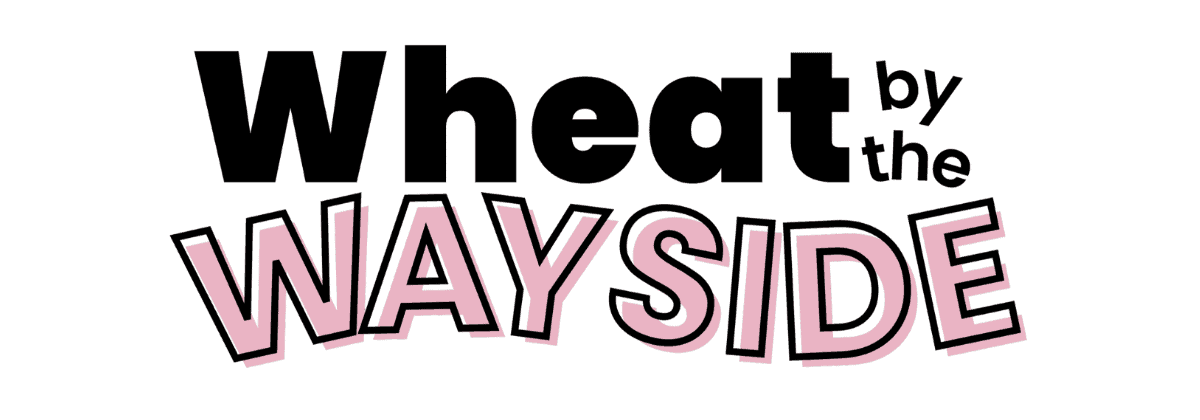

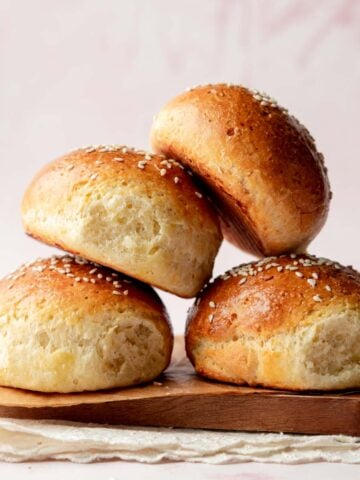


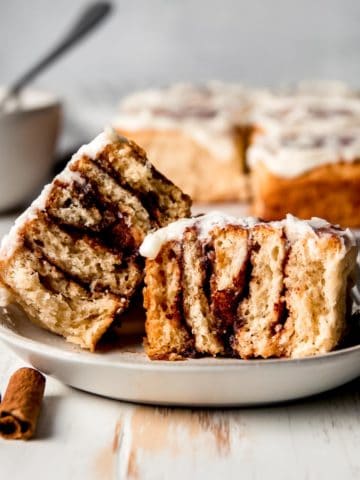
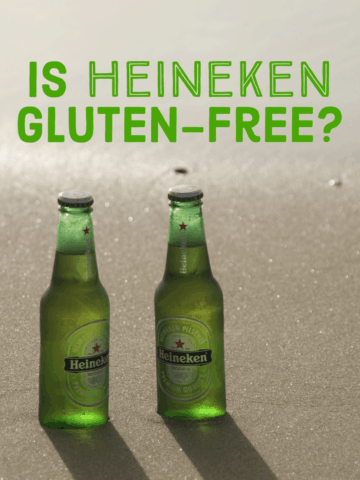
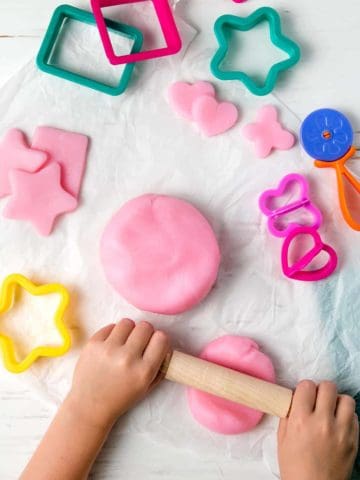
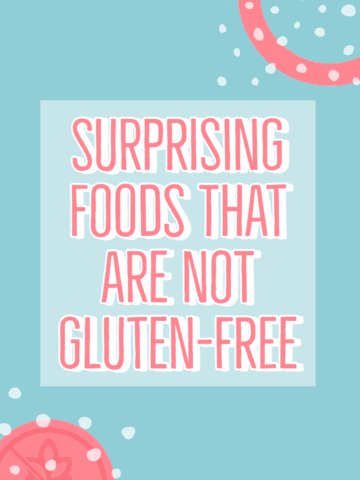
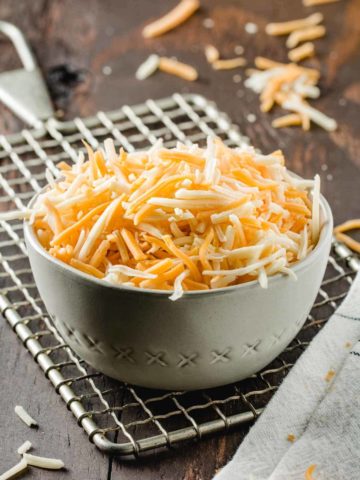
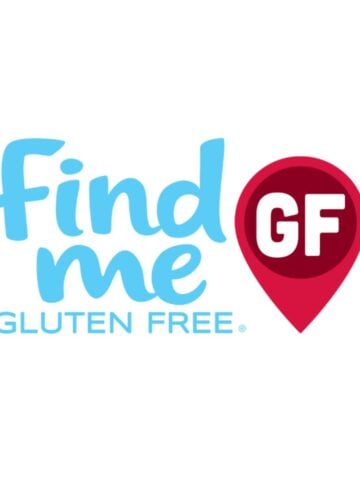
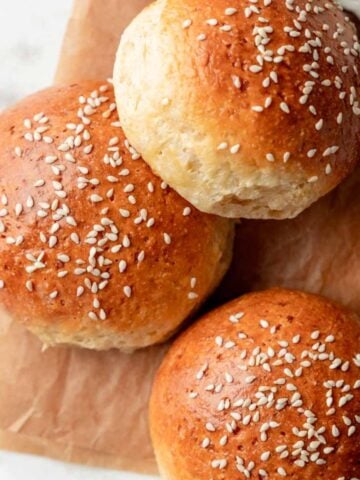
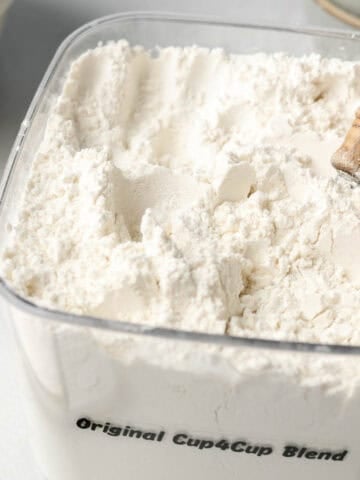

Bobbie says
This is great to hear. I’ve been recently diagnosed with celiac disease. I’ll be getting tested within a few months to find out how my numbers look after going gluten free. I’m using extreme caution right now , but I’d love to be able to use gluten free products containing wheat if they don’t get me sick.
JOSEPH says
Hello, I found an article very interesting. I'm curious if you are a person with celiac disease or not. If so have you tried this doing a free flour.. I was curious about how it affected you if you did. I am not afraid of food so to speak but I get deathly ill from undiagnosed celiac disease for 50 years. Any personal information you can share I would appreciate. Being a person with celiac disease and a fish and shellfish allergy is quite annoying. So it's tempted as I am to try this product wrote about I have reservations.
Katie Olesen says
Yes, I do have celiac! I've used this flour many, many times and have never had a reaction. That said, using this flour is a personal choice I've made based on the information available. I can't make that decision for you, nor would I want to.
Joanne Huntington says
I'd love to buy Codex wheat starch to add to my homemade gf flour. The Caputo Fioreglut is fantastic but pricey - now that I've baked with it I want more, more, more. If anyone has a source of GF starch, please share!
Jayne says
There is a lot of good information here.
Means my choice of foods just dropped. I have been seeing wheat starch in a couple of my favorite items and put them back. Chances of my favorite restaurant making me sick by accident has gone up. Thank you
Jayne
Katie | Wheat by the Wayside says
Definitely something to be aware of as this ingredient seems to be gaining popularity!
Lisa S. says
I found this article very interesting and confirming of what I assumed to be the case with wheat starch. As a celiac who is allergic to all grains from the grass family, including GF oats, and a whole slew of other foods (too many to mention), I am forever having to check labels. Of late, I have noticed that companies are even substituting ingredients in GF products that I have purchased before, which did not contain the allergen (biggest offender for me is almond flour) now does. It limits the joy of food, but better safe than sorry.
Sarah says
Very interesting read. I steer clear. I've learned that even alcohol that has had the gluten distilled out causes a reaction in me if it came from a gluten grain. So I'm super careful. I can even have the grasses from gluten containing grains. I am more likely to try if it has a certified GF label though.
Kathy says
Very interesting! You did a lot of research!
Aaron says
Thank you for your article it has helped me greatly! My family and I have been struggling with gluten-free products and I didn't even know about wheat starch until few minutes ago when I read your article so thank you again and I will continue to make sure of everything including wheat starch and certified gluten-free products!
Katie | Wheat by the Wayside says
Glad it helped!